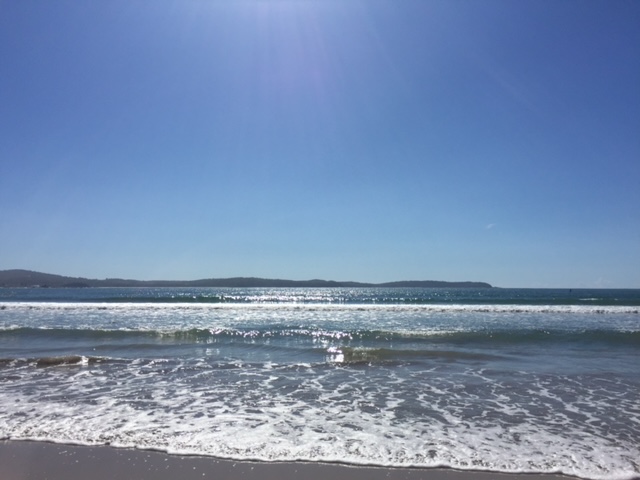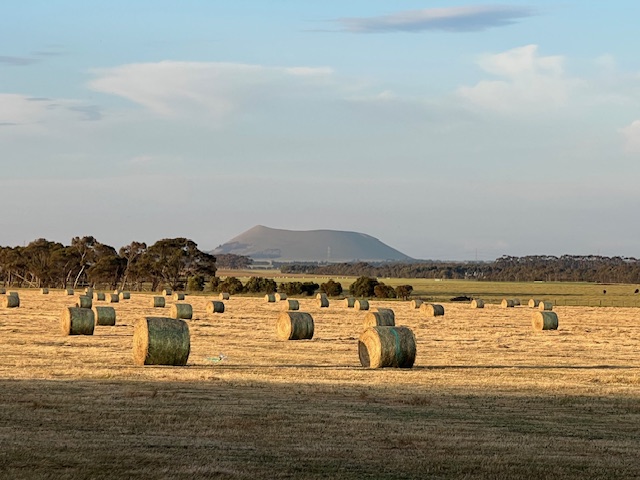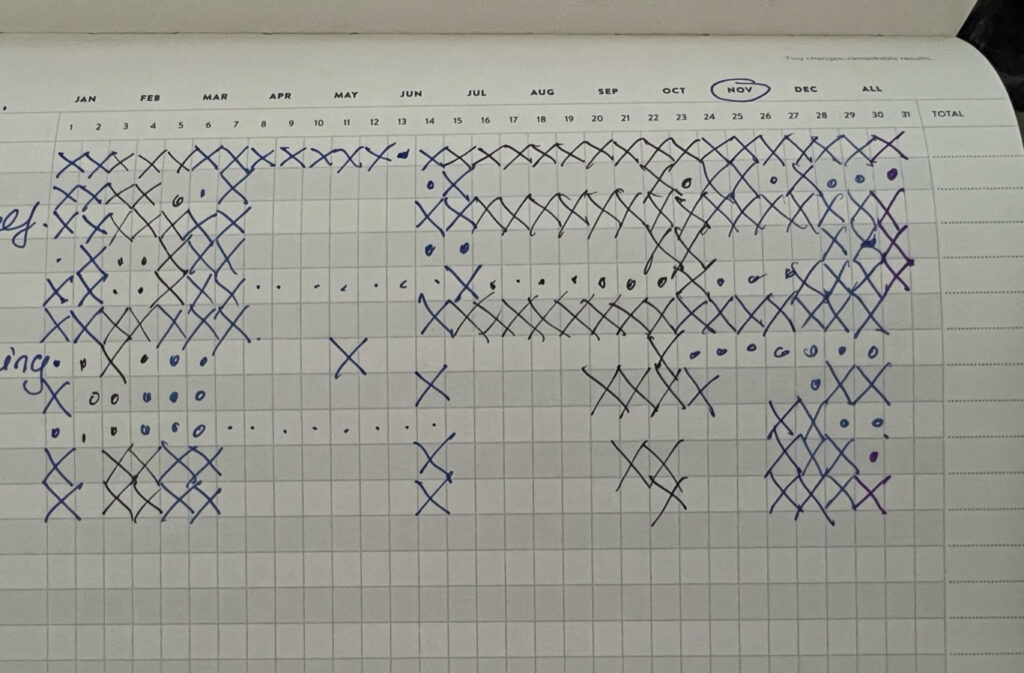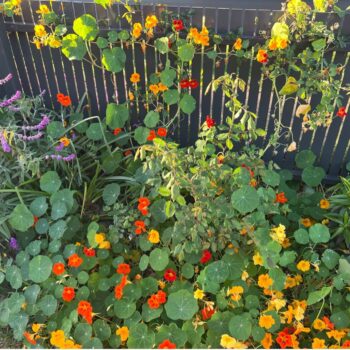Summer 2023/4
The amazing super power of doing the work
“Creative work is a gift to the world and every being in it. Don’t cheat us of your contribution. Give us what you’ve got.” Steven Pressfield
“I don’t know where my ideas come from, but I know where they go to. They come to my desk and if I’m not there they go away again.” Phillip Pullman


“Because when we sit down day after day and keep grinding, something mysterious starts to happen. A process is set into motion by which, inevitably and infallibly, heaven comes to our aid. Unseen forces enlist in our cause; serendipity reinforces our purpose. This is the other secret that real artists know and wannabe writers don’t. When we sit down each day and do our work, power concentrates around us”. Steven Pressfield.
“If you want to be a writer, you must do two things above all others; write a lot and read a lot. There’s no way around those two things I’m aware of.” Stephen King.
Already its summer? Our studio in the back yard has finally risen from its common grey metal garage origins to a colourful, light retreat, complete with plants, proper lights, a sink (with hot and cold water, whoop!) and a paintbrush board for my bigger paint brushes, carefully hung up in some sort of order. And as the studio reaches some sort of order with it there is now some sort of order to my creative schedule.
Which initially sounds like a contradiction doesn’t it? Who can create to a schedule? The real answer is nobody’s muse turns up on time, but when you do the work and do it regularly your muse will find you. It’s like putting your creative antennae up to receive. Put your bum on the seat and do the writing, paint the pictures, do what you do. It’s the showing up and doing the work that is the real secret of creation, not whether or not you’re “in the mood”, or you feel like creating, or you’re in the right place, or even if you have a studio or not. The right place is invariably your desk, as the Phillip Pullman quote above tells us so succinctly, working, trusting that when you’re working, ideas can’t help but show up.
It sounds so simple and it is. If you want to drag your creations down out of being just ideas and into the world do the work. So, this previous Spring my work has been doing a writing course with Jules Swales (You’ll find a link to her website below), and I learnt so much, not least about the value of a regular writing practice. Because even though I thought I knew about the benefits of a regular artistic practice and a proper schedule, actually sitting down at my desk every day to write has been fantastic for me. You can faff about for weeks, or months or even years (and I have been there) talking about, thinking about and planning your creations but it’s the process of actually doing the work that is the real secret.
When I’m painting a painting, or writing a piece, or whatever act of creation I’m really doing, I can feel the wind in my sails, I can feel the process at my back. There is a momentum created by the work practice itself. You’ve got to put up the sails up to feel the wind, and putting the sails up is to do the work, to be there when the ideas are blown your way.
I know sometimes this is hard, there are commitments to your family for care, there’s stuff to put away in the pantry, there’s washing to hang up, and you can’t tell between the dog’s kennel and your laundry which is worse. Maybe like me, you’ve moved house and there are still boxes to be gone through, of stuff that seems like another lifetime ago, and your creative practice can seem like just one more thing to do.
But what I’ve learnt to do is to prioritise my own creative practice for myself and actually timetable it into my life, the way I would any other work, using a habit journal. I use a Clear Habit Journal, from James Clear and Baronfig. (You can also order them online from Amazon). I write down the creative practices I want to become habits and embed in my everyday life. Mine are :- Early rising, writing, (at least an hour a day) painting, (or being in my studio an hour a day because when I’m there I paint) exercise, journaling, gardening (for the serenity) and meditation. Every morning when I’m journaling and getting ready for the day, I cross off the practices I did yesterday in my habit journal. It’s a concrete visual tool to see what you really did (rather than what you thought you did). You can see my November habits calendar here:-

At the moment I’m reading a fantastic book: The creative act: A way of being, by Rick Rubin, Canongate, 2023. Rubin outlines some of the major thoughts and habits not conducive to the work, and just a few of them are:
- Feeling like you need permission to start or move forward.
- Believing a certain mood or state is necessary to do your best work.
- Prioritising other activities and responsibilities over your commitment to making art.
- Distractibility and procrastination.
- Thinking anything that’s out of your control is in your way.
If any of these resonate with you and you want to prioritise your own creative practice, then try a habit journal.
I’ve learnt so much about the practice of writing and working from doing the writing course with Jules Swales. You can find her website here: www.julesswales.com. These writing courses are run via zoom with writers from all over the world, and many of her classes are timetabled so they can be done comfortably in Australia. If you’re at all interested in being a writer or just improving your writing practice then I highly recommend Jules’ courses.


